The Virus
The essential guide to the phenomenon that disrupted the entire world
Join neuroscientist on a journey into the microscopic world of the virus!
It’s 15,000 times smaller than a flea and we can kill it with a bar of soap – so how did a tiny, fragile virus change the world?
This accessible, illuminating guide to understanding the phenomenon of the coronavirus takes readers on a fascinating, funny, occasionally scary journey through the world of viruses.
Science expert Ben Martynoga breaks down what viruses are, how they work, and – crucially – how humanity can overcome them, or at least learn to live alongside them.
This inspiring, comprehensive, science-first approach is endorsed by Nobel Prize-winning scientist Sir Paul Nurse, and brought to life with lively illustrations by artist and cartoonist Moose Allain.
Captivating for readers of all ages, from 9 to 99, The Virus is the essential guide for anyone wishing to understand how all our lives changed so completely in 2020.
MEET THE WRITER AND ILLUSTRATOR
We chat to writer Ben Martynoga (left) and illustrator Moose Allain (right) to get the lowdown on this riveting read. 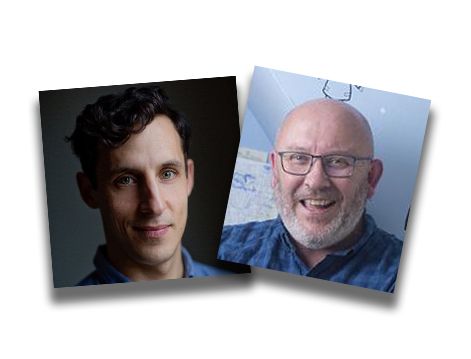
What do you think is the most fascinating thing about viruses?
Ben: They are the most abundant life forms on our planet. By far. You inhale viruses with every breath you take, there are billions in a single teaspoon-full soil, and in your body right now there are at least 12 times more viruses than there are human cells (don’t worry most of them can’t infect your cells!). But despite the fact that they’re everywhere — and multiplying all the time — scientists can’t actually agree on whether they are truly alive or dead!
Moose: All this was new to me so I learnt a lot while making the book. I was really interested to find out how symptoms like coughs and fevers are part of the battle between the virus and our defence systems. The virus makes our nose and throat cells tickle so we cough and sneeze them back out into the world, helping them to spread. A fever is our body trying to ‘bake’ the virus and kill it. And I love the fact that a simple bar of soap can destroy the virus. Keep washing those hands!
The book was actually planned before the Covid-19 outbreak! What inspired you to write/illustrate it?
Ben: I really hope this book inspires more people to find out more about the mysterious, microscopic creatures we call viruses. They do much more than make us ill. In fact, they lots of other species actually need viruses to survive and stay healthy — including us. For example, lots of them exist in our snot and our intestines, where they actually protect us from nasty bacteria. And in the ocean they help create the oxygen we breathe and even slow down climate change.
Then the COVID-19 pandemic arrived, and we realised we should get this book out quickly. Now, more than ever, it is crucial that people understand what viruses are, how they work, how our amazing immune systems tackle them, and how advances from science help keep us safe. I think lots of people could find it really helpful as they try to make sense of what is going on with viral diseases, now and in the future.
Moose: Ben and I were working on another science project for the same publisher when covid began to break out in the UK. I was approached just as we were going into lockdown to see if I’d be happy to put that on the backburner and work on a book on the new virus with a plan to get the book on the shelves in July. This is very fast for publishing a book but it was very exciting to work on a book whose story was literally unfolding as we were making the book… and continues on beyond it. It will be interesting to see what changes.
What positives do you think have come out of the pandemic?
Ben: It was amazing to see so many people helping neighbours, supporting essential workers and generally giving up some freedom for the good of others. I really hope this positive spirit outlasts the pandemic and that it helps reminds us that we need to take much better care of our world as a whole. We urgently need people and governments everywhere to take much more radical action to prevent the climate crisis and the destruction of wildlife. When it comes down to it, that’s the best way to look after ourselves and all the other creatures – human and non-human alike – who share our world.
Moose: It’s made us think about the impact we have on other people, about how we transmit diseases, how important hygiene is, and how lucky many of us are to live in places where we have access to clean water, toilets and so on. I hope it will make us more considerate and thoughtful about how other people live in the future.
Ben, before you became a writer, you worked as a neuroscientist conducting brain research. What was the most interesting thing about your job?
Every day I went into the lab and peered at nerve cells through powerful microscopes, kept them growing in Petri dishes, and read the information stored in their genes. Quite often I was seeing things that nobody had ever seen before and asking questions that had never been asked. It often felt like a genuine adventure. But it certainly wasn’t all ‘eureka’ moments: it took a lot of hard work too and I often had to put up with the frustration of experiments going wrong.
Moose, do you have any top tips for kids who’d like to become cartoonists?
Keep drawing! I meet lots of adults who say they drew all the time when they were small and wish they’d kept on drawing. And don’t be afraid to get things wrong. We all make mistakes. We can learn from them and sometimes we accidentally create something we weren’t expecting which turns out to be great – and we can pretend that we meant to do it all along!
How did you keep yourself busy during lockdown (except finishing off the book, of course!)?
Ben: I was working really hard on the book, but also home schooling a 7 year old and a 4 year old and trying to train a super-energetic young puppy. It was a pretty mad period! But I’ve always firmly believed that however busy you are, proper breaks are crucial. It’s not just about recharging your batteries, it’s also vitally important for hatching creative ideas. So whenever possible, I went for a run or a walk, or just sat with my family and watched the springtime wildlife springing into action all around.
Moose: Well, the book kept me extremely busy, so I didn’t have a lot of free time. But I have a family, so it was very enjoyable to spend time with my wife, my teenage boys and my dog. We were lucky because we had beautiful weather for the first few weeks, so our daily evening walks together were a precious moment I’ll always cherish.
WIN A SIGNED COPY OF THE BOOK
We’re giving away five signed copies of the book. Click here to find out how to enter.
OUT NOW!
Available from Waterstones, Blackwells and Amazon.
More Like Books
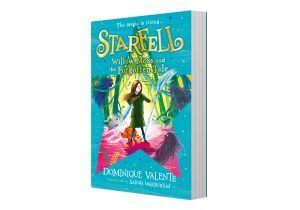
Starfell: Willow Moss and the Forgotten tale
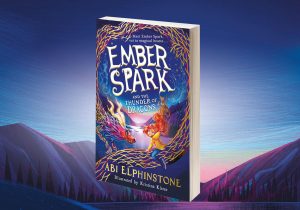
Q&A WITH EMBER SPARK AUTHOR ABI ELPHINSTONE!
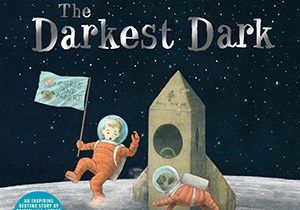
Blast off with The Darkest Dark!
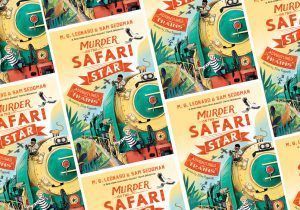




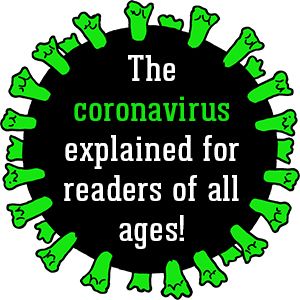
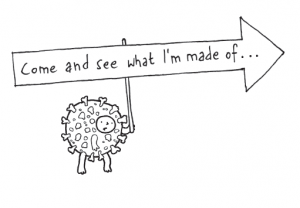
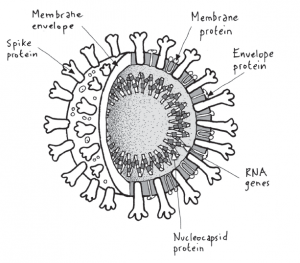





LEAVE A COMMENT
THANK YOU
Your comment will be checked and approved shortly.
WELL DONE,
YOUR COMMENT
HAS BEEN ADDED!
COMMENTS
CUSTOMIZE YOUR AVATAR